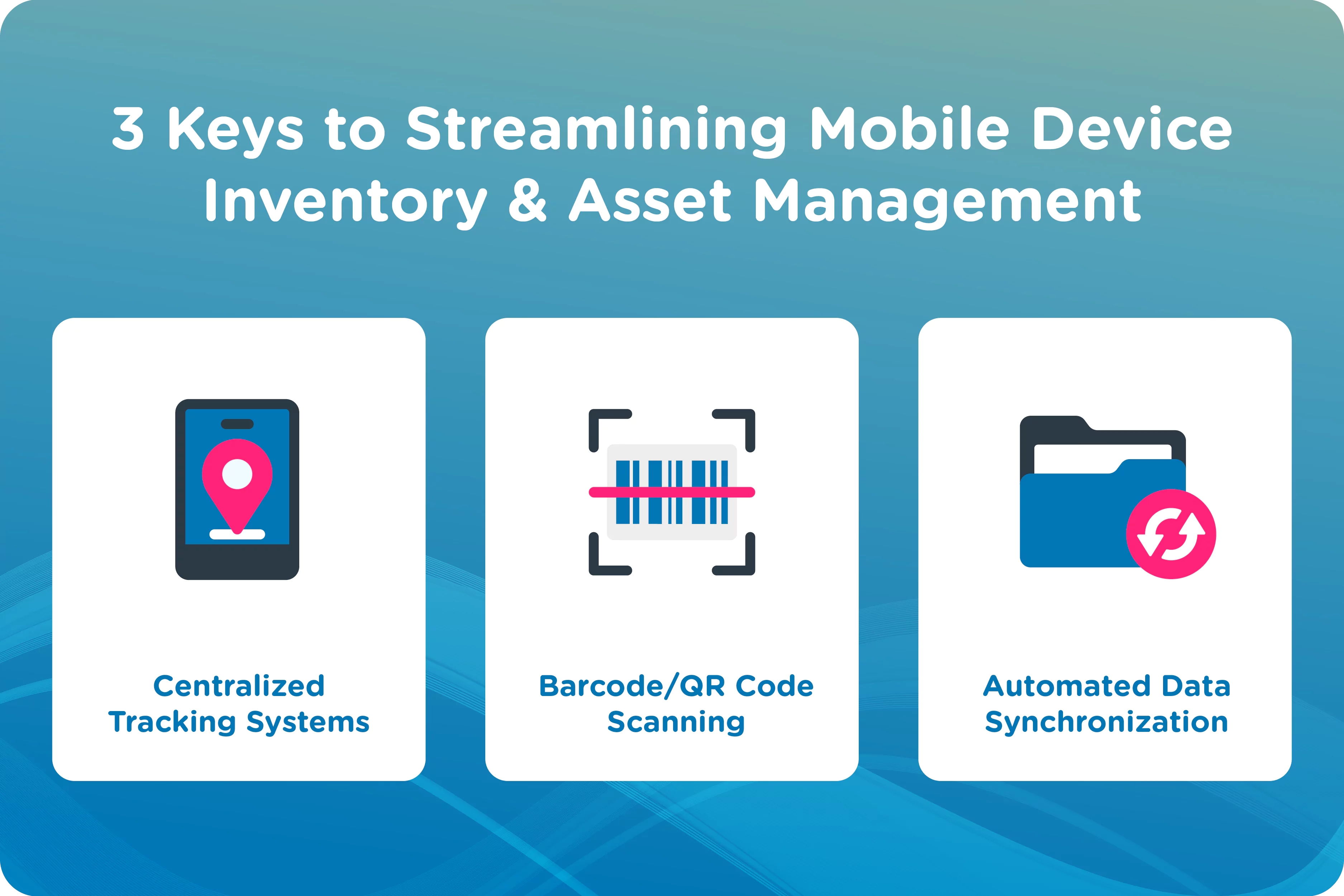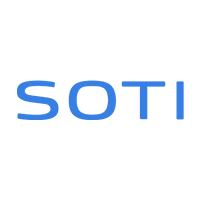
With the growing reliance on mobile technology, organizations need efficient inventory and asset management to maintain a competitive advantage.
Managing an ever-growing number of mobile devices, rugged devices and printers poses significant challenges, including tracking device locations, ensuring data security and optimizing resource allocation. Businesses should explore practical strategies and innovative solutions for streamlining mobile device inventory and asset management to help overcome these challenges and achieve operational efficiency.
Understanding the Need for Streamlining
Understanding the need for streamlining device and inventory management begins with recognizing the pain points of operating a business that manages a diverse range of devices. These pain points may include configuring, securing, updating and troubleshooting a fleet of devices.
Without efficient inventory and asset management, it's hard to determine which devices require testing, software updates or battery replacements. This may severely impact the financial health, security and overall productivity of businesses and lead to redundant purchases, higher maintenance expenses and resource misallocation.
Security risks tend to increase as unmanaged or poorly tracked devices are more vulnerable to theft, loss and cyber-attacks, potentially leading to data breaches and legal repercussions. In addition, productivity loss becomes unavoidable when malfunctioning, outdated or missing devices are not flagged, contributing to downtime and decreased operational efficiency.
The combined issues highlight the need for streamlined inventory and asset management to ensure financial stability and organizational integrity.
Key Components of Streamlining Mobile Device Inventory
Centralized Tracking Systems
Implementing centralized tracking systems is essential for efficiently managing mobile device and printer inventories. These systems provide a unified platform to monitor and control inventory, reducing the risk of loss or mismanagement.
A centralized system enables organizations to have a real-time overview of assets, allowing for better decision-making and resource allocation.
Key features to look for in a tracking system include real-time monitoring, which ensures that any changes in the inventory are immediately visible; automated updates, which reduce the need for manual entry and ensure accuracy; and customizable reports, which generate specific data insights tailored to your business’s operational needs.
By utilizing a centralized tracking system, companies can significantly enhance inventory management processes.
Barcode/QR Code Scanning
Barcode and QR code scanning technology offers substantial benefits for inventory management, particularly in the realm of mobile devices.
This technology simplifies the process of tracking and identifying devices by allowing quick and accurate data capture with a unique barcode or QR code. When scanned, it should instantly update the inventory system with the device’s information. This reduces the time spent on manual data entry and minimizes the risk of human error.
Additionally, barcode and QR code scanning can facilitate quicker audits and easier retrievals of device history, making it a valuable tool for maintaining an organized and efficient inventory system.
Automated Data Synchronization
Automated data synchronization between inventory management systems and other databases is a crucial component in streamlining processes and reducing manual errors.
This integration ensures that data is consistently and accurately updated across all platforms to avoid confusion. Automated synchronization eliminates the need for repeated data entry, therefore saving time and reducing the likelihood of error.
It also enhances the overall efficiency of inventory management by providing access to the most current data, thereby improving team coordination and decision-making.
Optimizing Asset Management Workflows
Implementing standardized processes for the entire lifecycle of mobile devices, from procurement to disposal, is key for efficient and cost-effective management. This can reduce the risk of errors and encourage compliance with regulatory requirements.
Best practices include thorough documentation and inventory tracking at procurement, regular maintenance and updates during use, and secure data wiping and environmentally responsible disposal at end of life.
By following these practices, organizations can maximize the value of their assets, minimize downtime and ensure a seamless transition through each stage of the device lifecycle.
Integration with Mobile Device Management (MDM) Solutions
The implementation of a Mobile Device Management system takes all the complexity of device management off your IT team’s shoulders. Integrating inventory and asset management systems with MDM solutions enable remote management and security features as well as better control over all device types.
An MDM system can improve your business’s efficiency by automating routine tasks such as software updates and maintenance, reducing manual effort and minimizing errors. The integration also facilitates better decision-making through detailed reporting and analytics. This enables your organization to optimize device usage and lifecycle management.
Overall, combining these systems streamlines operations, enhances security and supports effective management of mobile assets.




